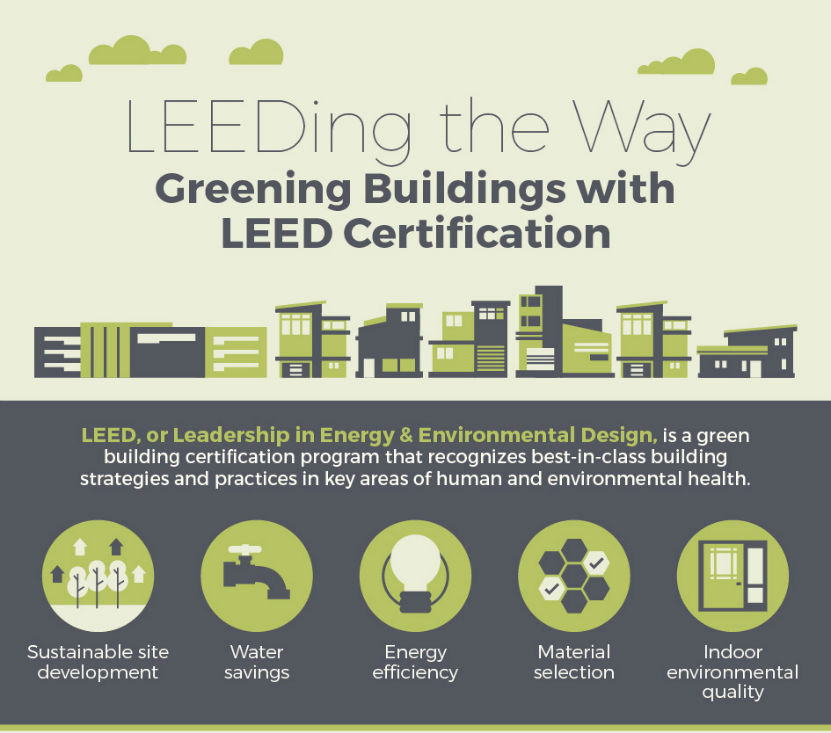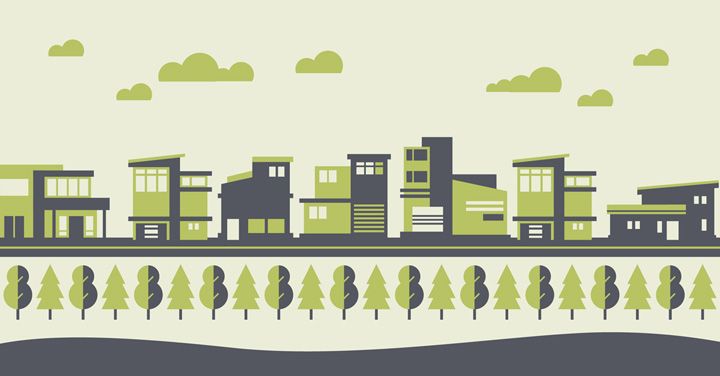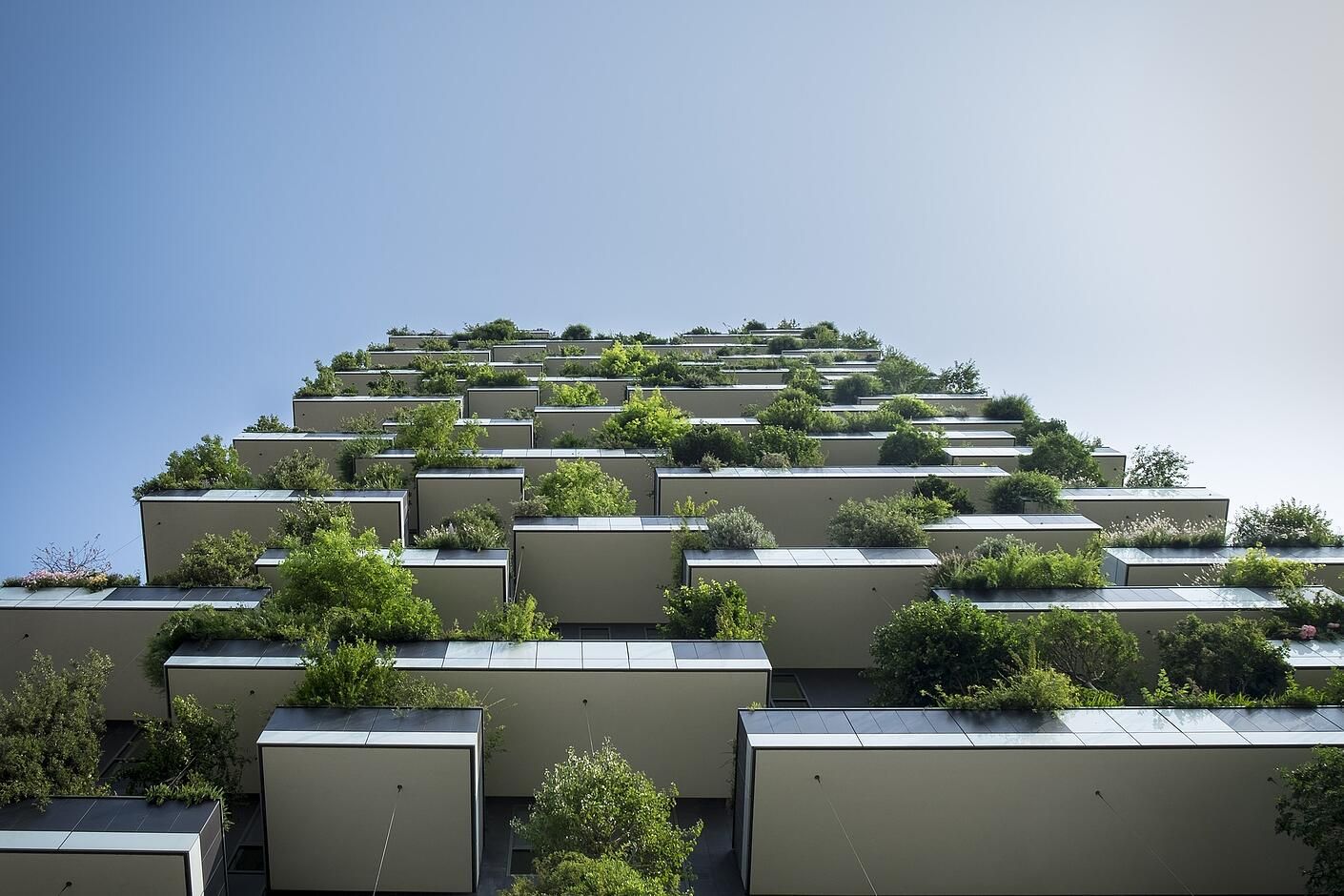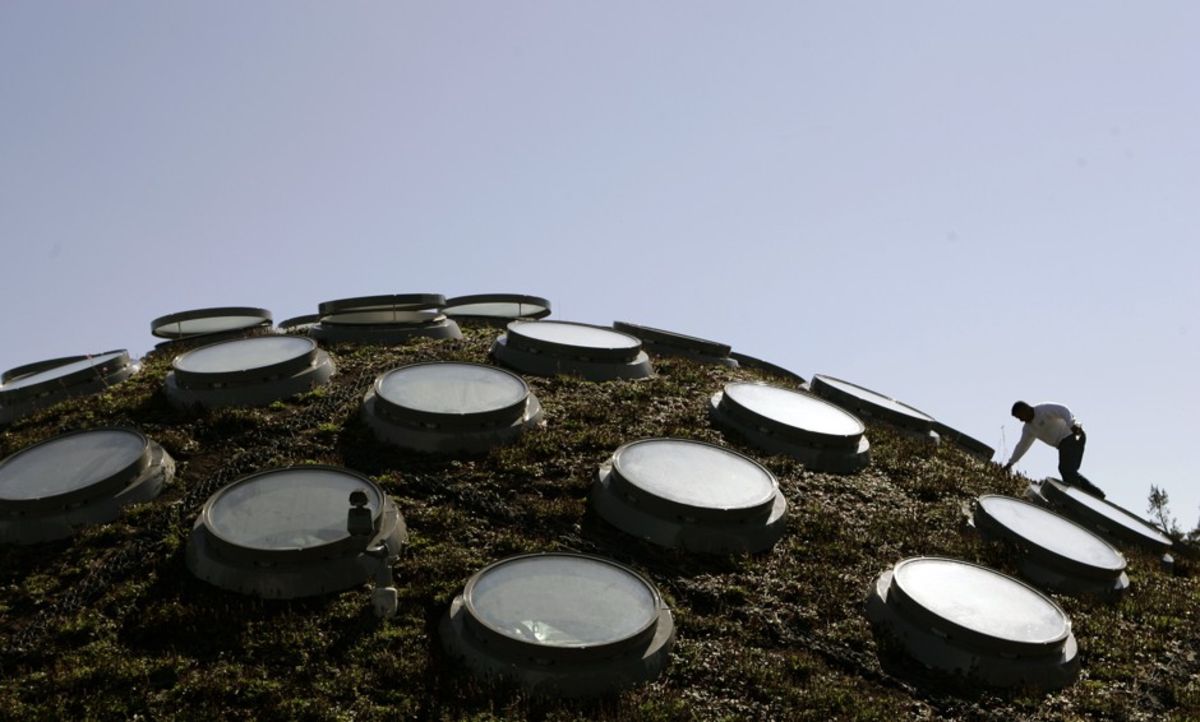Why LEED? Ever since the industrial revolution, human beings have been focused on production, and most of the time it was not conscious. The construction industry is consuming and impacting the environment. The challenges imposed by these negative impacts required more responsible actions, here is where green rating systems came in handy – we need to measure our energy consumption, see where we are on the spectrum and how we can go greener. These green building certifications resembled an incentive to create more Sustainable Habitats that People Would Love to Live in. Among these green rating systems is the renowned LEED.
Where is LEED used?
LEED (an acronym for ‘Leadership in Energy and Environmental Design) is a globally recognized and accepted certification. It boosts the brand equity of the building. LEED evaluates a building throughout its ‘lifecycle. It contains a universally accepted point grading system, which is followed globally to achieve a level of optimal sustainability throughout all the aspects of building. Hence, it acts as a universal benchmark in order to help make better design choices and to build greener for tomorrow.
It raises awareness and promotes the use of eco-friendly and low carbon footprint materials. Prior to LEED, eco-friendly materials were disregarded as standard building materials due to their high initial costs. Therefore, the certification also promotes the marketing & business of such eco-friendly materials and in turn increases the economy of the state.
It is believed that a building that has used the LEED certification model in its construction & design, brings in long-term cost-cutting through sustainable energy practices (water conservation & recycling, passive cooling techniques, natural dynamic daylighting techniques, low greenhouse gas emissions, etc.). Also due to the sustainability factor, the building is theoretically designed to last longer than a traditionally constructed building.
The USGBC implemented research-backed standards & benchmarks, in order to call a building ‘green’, ‘eco-friendly’ & ‘sustainable’. This gives the building a lot of credibilities when it’s called green, as it has been approved by various committees containing expert researchers across diverse fields. The LEED certification process is very flexible. It welcomes iterations & revisions in order to update all its policies and is open to change. A LEED-certified building has higher asset value, due to the sustainable components it includes. Various prospective buyers are aware of the fact that the overall utility & maintenance costs are comparatively very low in green buildings. It is evident that sustainable buildings promise higher occupancy rates and lower vacancy levels, due to the ‘fresh’, outdoor-like ambiance created indoors.
Despite all the benefits and advantages, LEED brings along with it, the system is currently being heavily criticized. That leads us to the question:
Does LEED matter anymore?
“While an immense amount of effort went into the development of LEED, it was by no means a scientific process.” – C. Scheuer & G. Keoleian, Evaluation of LEED Using Life Cycle Assessment Methods, National Institute of Standards and Technology, September 2002.
LEED certification can easily be attained even if the building is not truly sustainable. This can be done by taking advantage of the various loopholes in the point system. If a building scores a ‘40’ on the points system, it is eligible for LEED certification. 50 points give it the LEED Silver Certification, 60 points make it eligible for the LEED Gold Certification & 80+ points make the building eligible for LEED Platinum Certification. Now, about 22 simple things can be done (like maintaining a small form factor, orienting the building near transit hubs, using less wood, etc.) to get about 70 points in the LEED criteria. This means that the designer doesn’t really have to plan out real sustainable designs for the building (like passive cooling techniques, natural ventilation, dynamic daylighting. etc.) in order to get his building LEED certified[3,4,14].
LEED certification is solely attained for the building due to the brand equity it brings along with it, rather than it truly being a sustainable structure in the long run. It is looked upon as a status symbol & a marketing tool, and not much heed is provided to the actual purpose of certification, being eco-friendly components & practices[2,3,7].
LEED provides only 4 bonus points in the category of Innovative Design, which doesn’t really do justice to some revolutionary sustainable designs which truly deserve the ‘green building’ title and certification, but won’t get the recognition if it doesn’t fit into all the categories the LEED criteria states[3].
LEED is a very expensive and elaborate certification process (as the USGBC is an independent third-party). First, one must understand the entire program, through first-hand research, which would mean a lot of time being spent on gathering various data pertaining to the implementation of the certification. Then one must pay the registration fee (depending on the project it could cost anywhere from $750 to $3,750) and then the certification fee (ranging anywhere from $1,500 to $7,500). Then come the sustainable materials and systems which bring in high expenses with them, in addition to the consultancy & commissioning fees. This is the reason many buildings today are opting to forego the certification altogether[3,7].
LEED is basically an evaluation of a building’s design, and no heed is paid to the contextual environment (however unsustainable it may be, for example in the middle of a desert or an ice cap) in which the building is built around, and to the long term practices and performance carried out by the building once it has been certified (they can completely abandon the sustainable practices and remain certified as there are no checks)[3,2,10].
LEED is essentially blind to modern innovations and takes a lot of time to iterate and change its policies for its certifications. This means that a building that has been designed using contemporary technologies, innovative materials, and sustainable design principles (like regenerative design) might not receive the certification as it may not have the various categories listed out in the LEED criteria, even though it could potentially be the greenest building in the world. In other words, LEED, if not updated regularly, forces designers to dwell in the past and acts as an anchor when it comes to innovative solutions in architecture & design[3,9,10].
Let’s now reflect upon various buildings which have high LEED certifications, but have failed miserably to uphold sustainability:
Case Study 1: Philip Merrill Environmental Center: LEED Platinum / Structure Failure
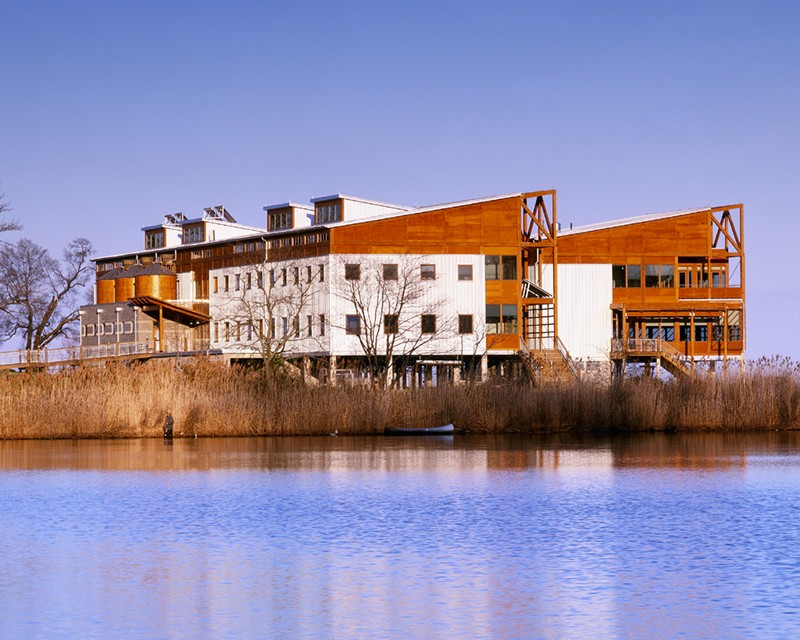
CBF Merrill Environmental Center
The Chesapeake Bay Foundation’s (“Foundation”) Philip Merrill Environmental Center, is one of the first buildings to receive the LEED Platinum Building Certification. After a recent examination, it is deemed to be on the verge of collapsing due to various structural elements failing. The architects, SmithGroup & the builders, Clark Construction Group were given the green light to design & construct the project in the year 1999.
To attain the LEED certification, the Foundation wanted the1 project to incorporate various recycled & eco-friendly materials for making the various components of the building. The design included a roof truss system, various columns, and beam which were directly exposed to the weather. They used ‘Parallams’ (are believed to be green as they are produced from fast-growth trees) to make these structural components. They contracted the parallels from the Weyerhaeuser Company, who treated the parallels with Polyclear 2000, and assured the architects that the treatment was suitable for exposed building components.
Unfortunately, a recent examination has determined that the structural elements are rotting as a result of being exposed and the structure is at the risk of collapsing. However, it still stays LEED certified[6].
Case Study 2: The Bank of America Tower LEED Platinum / No way energy efficient
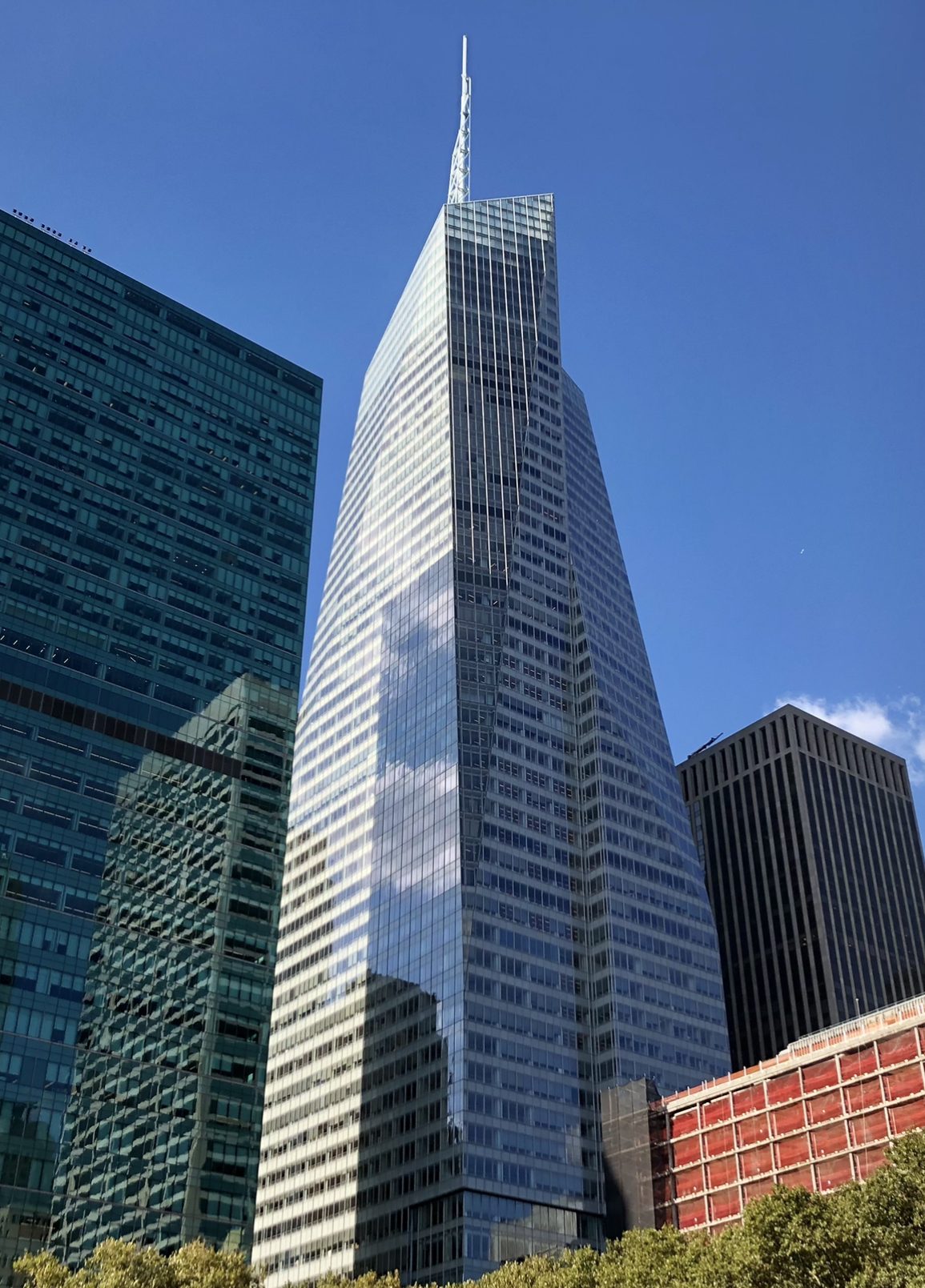
Courtesy of Wikimedia Commons
The Bank of America Tower, a US$1 billion project was designed by COOKFOX Architects and was advertised to be one of the most efficient and eco-friendly buildings in the world. Its construction was completed in 2009. It is the first skyscraper designed to attain the Platinum LEED Certification. However, various reports clearly indicate that the skyscraper is actually in no way energy efficient. It apparently produces the most greenhouse gases and uses more energy than any other office tower its size, in Manhattan, an author by the name of Sam Roudman reports in a recent article in ‘New Republic’. He goes on to say that the certification is just being used as a status symbol & a marketing tool for the building, rather than aspiring to any sustainable practices[11,16].
Such is the plight of the LEED-certified structures, today. Hence arises the concern as to whether or not a namesake third-party certification like LEED would truly play a role in making your building green & sustainable… Is it really worth it?
Against LEED: Edited by Aprameya S Pandit
References:
- http://www.kentlaw.edu/faculty/fbosselman/classes/energyF09/Coursedocs/HoekstraMelanieFinalLEEDPpt.pdf
- http://www.green-modeling.com/sustainability/advantages-and-disadvantages-of-leed.html
- http://www.greenbuildingadvisor.com/blogs/dept/green-building-curmudgeon/how-cheat-leed-homes
- http://www.zdnet.com/article/top-pros-and-cons-of-leed/
- http://www.greenbuildinglawupdate.com/2011/03/articles/legal-developments/first-leed-platinum-building-at-risk-of-collapse/
- http://www.castaliahomes.com/blog/advantages-disadvantages-green-building/
- http://lerablog.org/business/certification/advantages-of-having-a-leed-certified-building/
- http://switchboard.nrdc.org/blogs/kbenfield/as_good_and_important_as_it_is.html
- http://e360.yale.edu/feature/leed_building_standards_fail_to_protect_human_health/2306/
- https://en.wikipedia.org/wiki/Bank_of_America_Tower_(Manhattan)
- http://www.leedexposed.com/questionable-science/
- https://www.nrdc.org/buildinggreen/leed.asp
- http://in.usgbc.org/about
- http://in.usgbc.org/leed
- http://www.fastcodesign.com/1673142/leed-lies-bank-of-americas-green-skyscraper-is-actually-an-energy-guzzler
Emily Reyes is a Brooklyn-based architecture writer and Article Curator at Arch2O, known for her sharp eye for experimental design and critical theory. A graduate of the Southern California Institute of Architecture (SCI-Arc), Emily’s early work explored speculative urbanism and the boundaries between digital form and physical space. After a few years in Los Angeles working with boutique studios on concept-driven installations, she pivoted toward editorial work, drawn by the need to contextualize and critique the fast-evolving architectural discourse. At Arch2O, she curates articles that dissect emerging technologies, post-anthropocentric design, and contemporary spatial politics. Emily also lectures occasionally and contributes essays to independent design journals across North America.


